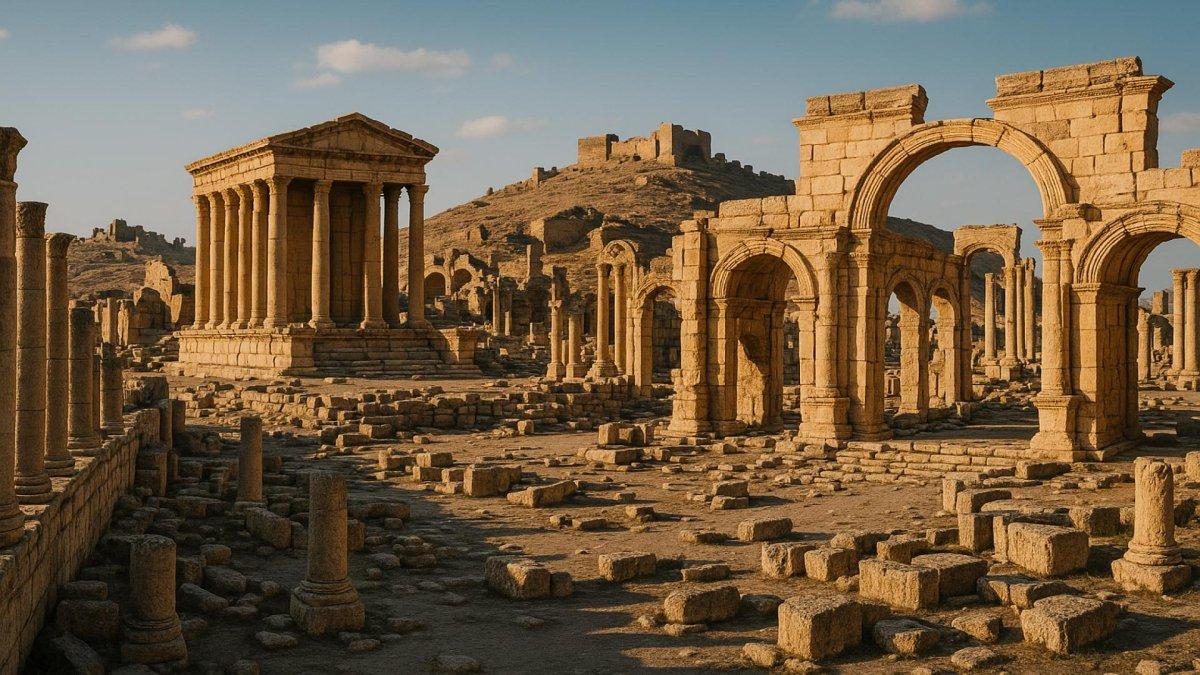1. Babylon

Babylon rose from the Mesopotamian plains to become a beacon of ancient sophistication. Its majestic walls and the mythical Hanging Gardens—one of the Seven Wonders—symbolized the city’s grandeur. As the heart of the Babylonian Empire, Babylon fostered advancements in science, art, and governance, rivaling even Thebes in its cultural reach. Here, the Code of Hammurabi set new legal precedents, while astronomers mapped the heavens. Babylon’s enduring legacy continues to fascinate historians and scholars across the globe.

















